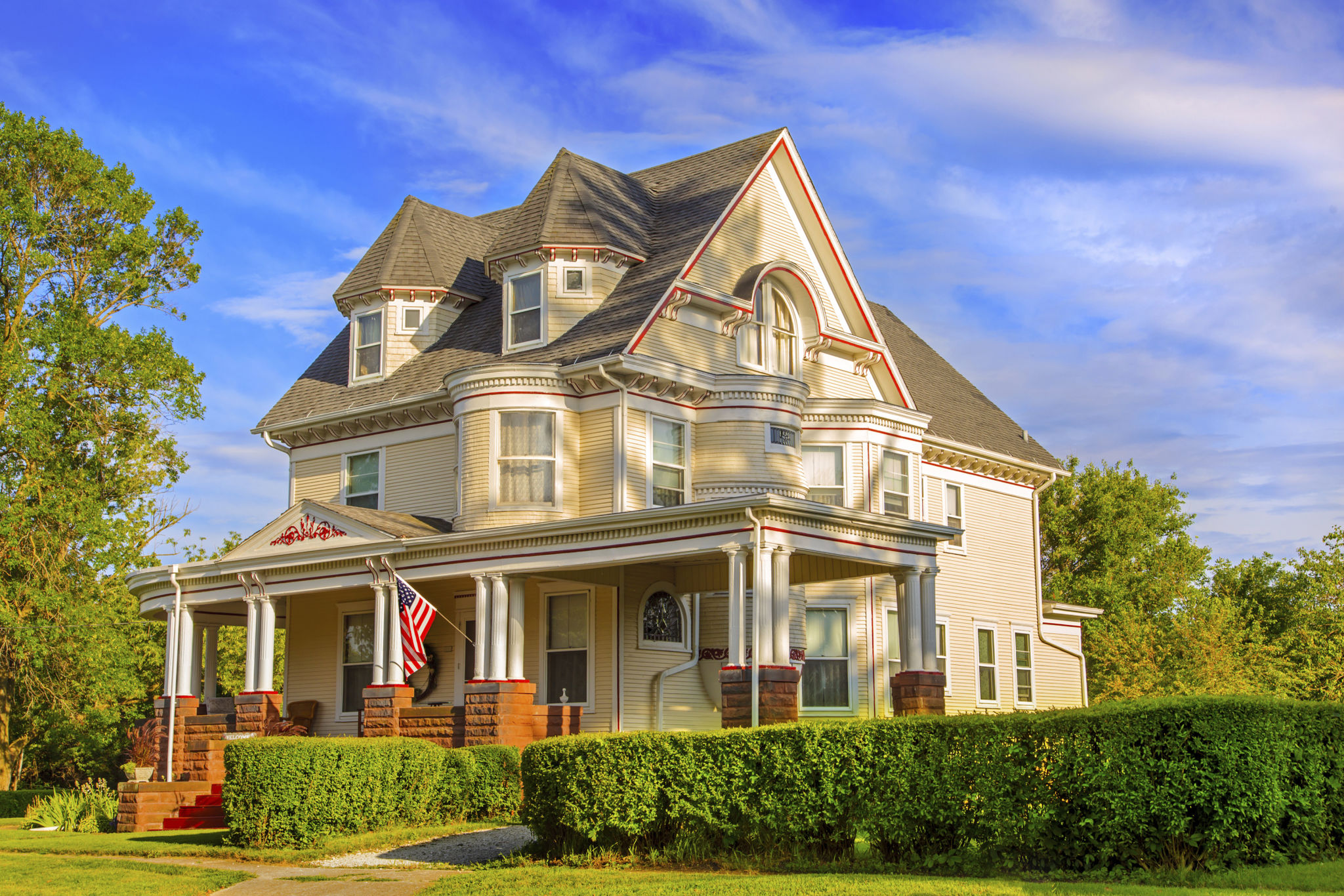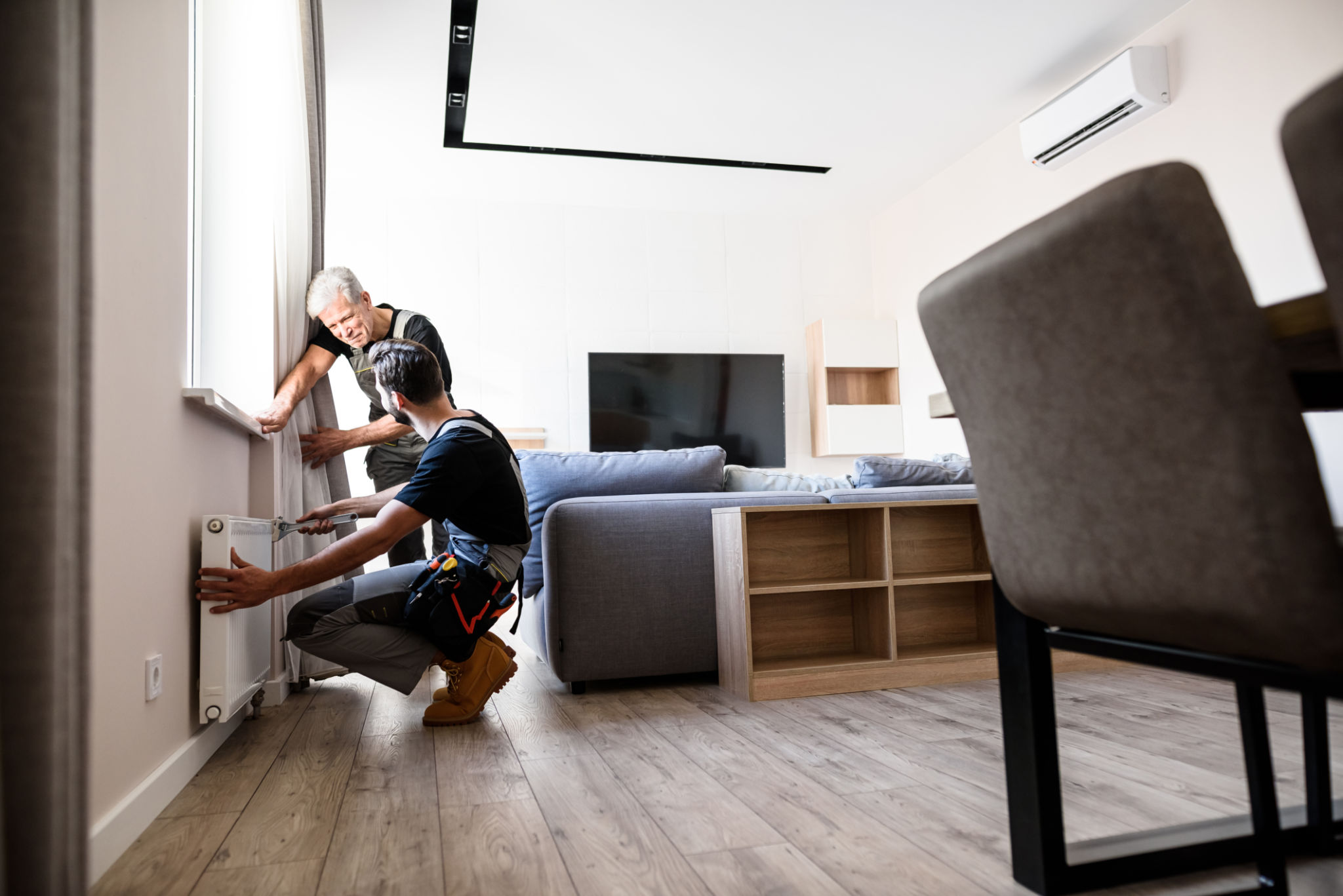Case Study: Successful Energy Upgrades in Victorian Homes
Introduction to Energy Upgrades in Victorian Homes
Victorian homes, known for their intricate architecture and historical charm, often present unique challenges when it comes to energy efficiency. With many of these homes built in the late 19th and early 20th centuries, they can be energy-intensive due to outdated insulation, single-glazed windows, and inefficient heating systems. However, recent case studies have demonstrated that with thoughtful upgrades, these homes can achieve significant energy savings without compromising their historical integrity.
The following case study examines successful energy upgrades implemented in Victorian homes, highlighting strategies that combine modern efficiency with preservation of architectural beauty.

Challenges Faced in Victorian Homes
Victorian homes often have several features that contribute to energy inefficiency. One of the main challenges is poor insulation. Many of these homes were constructed before modern insulation standards, leading to heat loss through walls, floors, and roofs. Another issue is outdated window designs, typically single-glazed, which can significantly affect thermal performance.
Additionally, the heating systems in Victorian homes are often old and inefficient. These systems frequently rely on gas or oil boilers that are not only costly to operate but also environmentally unsustainable. Addressing these challenges requires a comprehensive approach that respects both the aesthetic and structural integrity of these historical buildings.
Implementing Energy-Efficient Solutions
To tackle these challenges, homeowners and renovators have employed a range of energy-efficient solutions. A common practice is upgrading insulation throughout the home. This includes adding modern insulation materials to walls, roofs, and floors. Where possible, cavity wall insulation can be installed without altering the home's appearance.

Another effective solution is the installation of double or triple-glazed windows. These upgrades help to significantly reduce heat loss and improve the thermal comfort of the home without detracting from its historical character. Secondary glazing is another option for preserving original window frames while enhancing energy efficiency.
Modern Heating Systems
Updating heating systems is a crucial part of energy upgrades in Victorian homes. Many homeowners have switched to more efficient systems such as condensing boilers or even ground-source heat pumps. These upgrades not only reduce energy consumption but also lower carbon footprints. In some cases, underfloor heating has been integrated to provide a more efficient and discreet solution.

Case Study Examples
A notable example of successful energy upgrades can be seen in a Victorian terraced house in London. The homeowners opted for a combination of internal wall insulation and double-glazing installations that reduced their annual heating costs by 40%. Furthermore, by installing a modern condensing boiler, they were able to improve their home's overall energy rating from an E to a C on the EPC scale.
In another case, a Victorian villa underwent extensive retrofitting with renewable energy solutions such as solar panels and a biomass boiler. These measures not only improved energy efficiency but also maintained the aesthetic value of the property, showcasing how sustainable technologies can blend seamlessly with historical homes.
Benefits Beyond Energy Savings
Apart from reducing utility bills, energy upgrades in Victorian homes offer several other benefits. Improved insulation and heating systems enhance comfort levels, making these homes more livable during winter months. Additionally, these upgrades increase property value and attract environmentally conscious buyers who appreciate both heritage and sustainability.

Moreover, preserving historical architecture while integrating modern efficiencies contributes positively to the community by maintaining cultural heritage and promoting sustainable living practices.
Conclusion
The case studies discussed demonstrate that with careful planning and implementation, Victorian homes can undergo successful energy upgrades. These projects highlight the importance of balancing preservation with modernization, ensuring that these beautiful historical structures remain relevant and efficient in today's world. As more homeowners recognize the benefits of such projects, we can expect to see an increasing number of energy-efficient Victorian homes contributing to a more sustainable future.